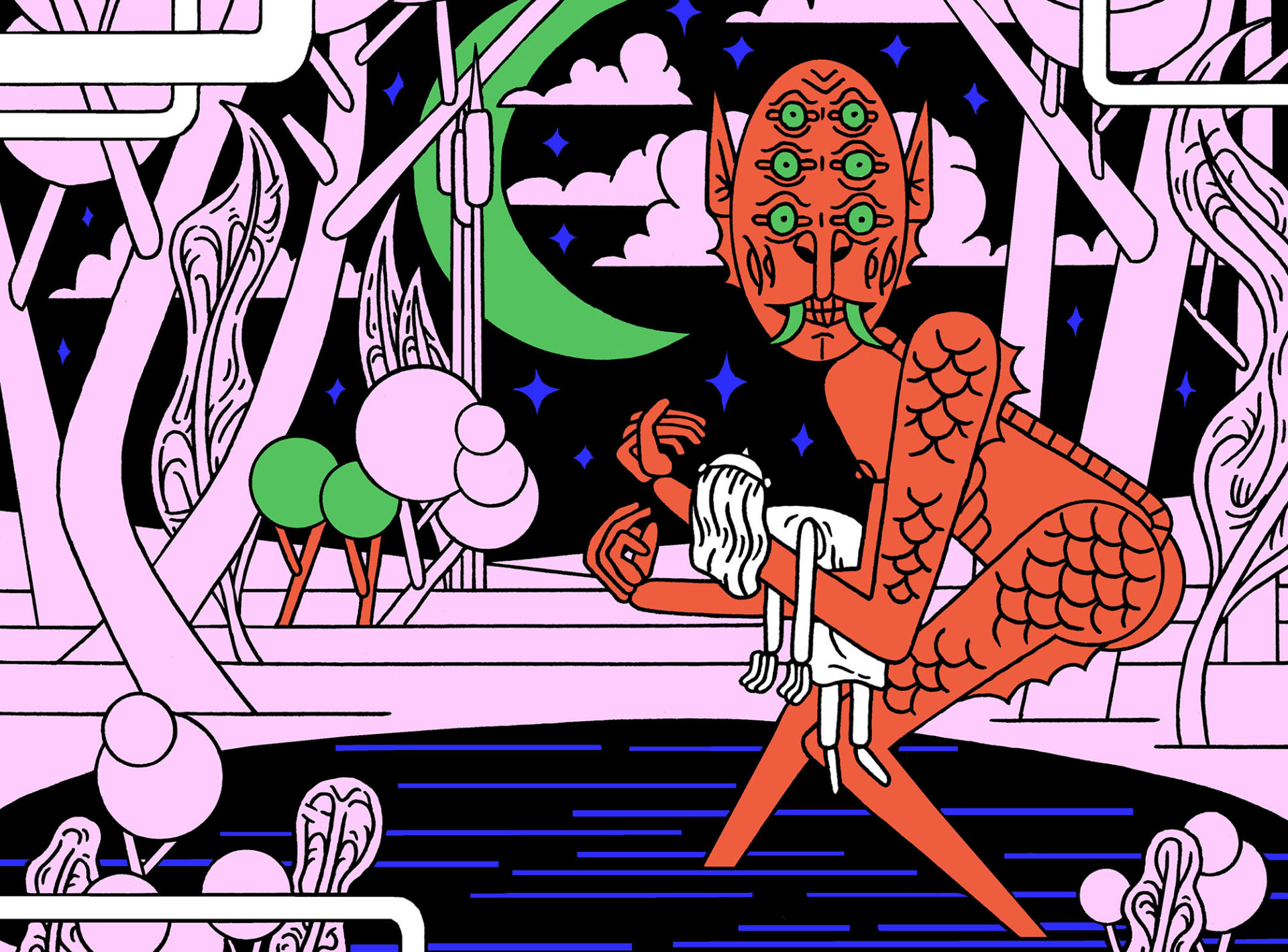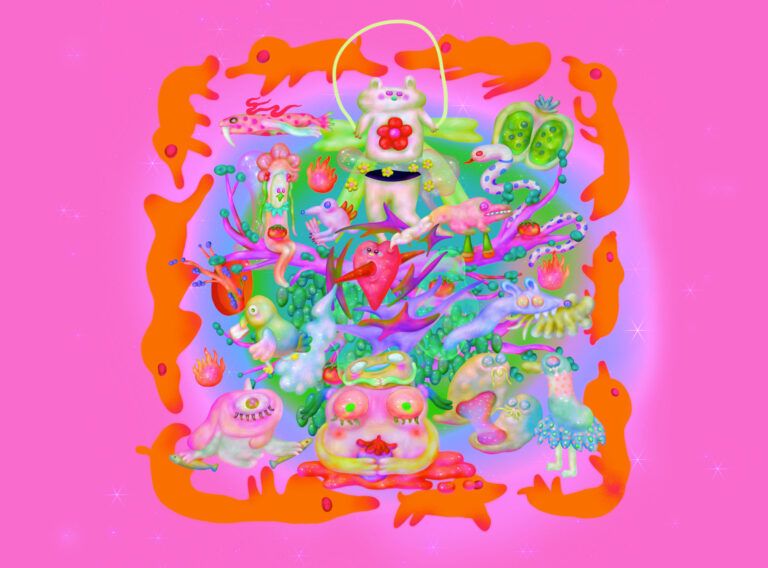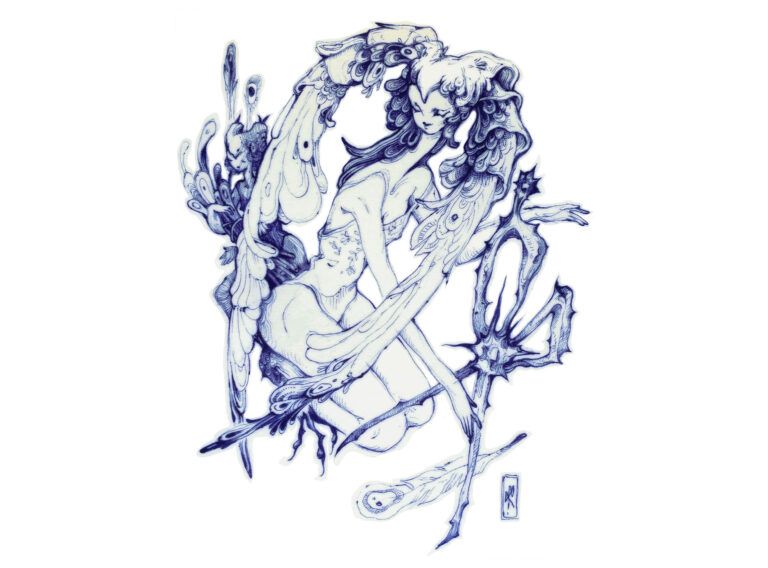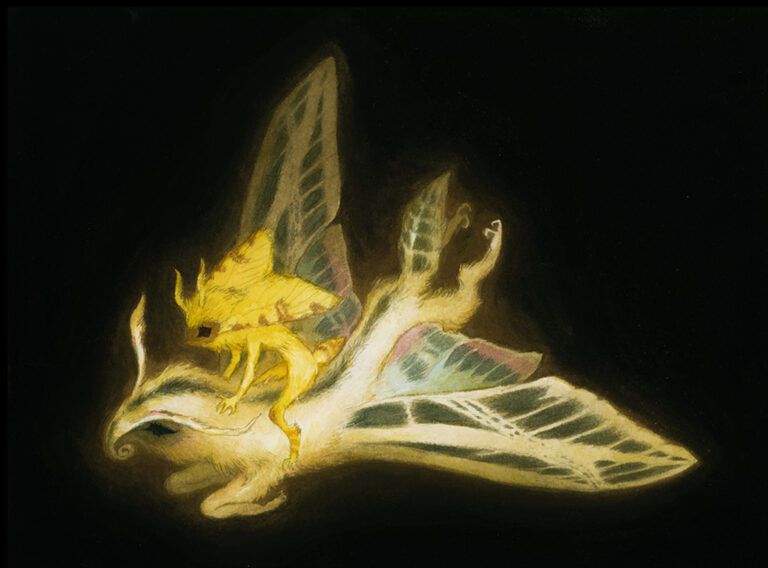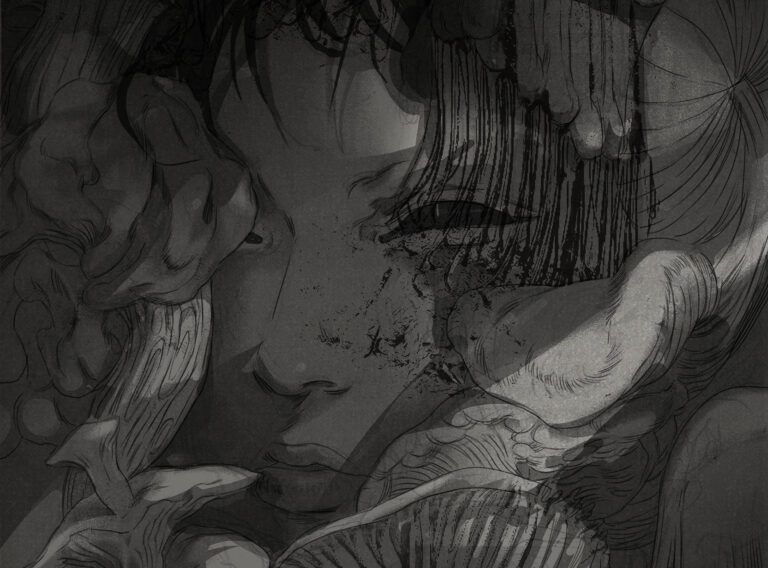Miro Tiebe (“Miruel”) is currently living in Hamburg, Germany, while finishing his master’s degree in Illustration at HAW Hamburg. As he says, he was born in the very middle of Germany, close to the Harz mountain range. He discovered his passion for painting and drawing very young and never lost it since. People around him started giving him great feedback that has been feeding his creative fire as it grew and continues to grows bigger.
At the moment, Miro Tiebe draws the inspiration for his illustrations from an array of different sources, style-wise it’s, for example, H.R. Giger or Moebius, as well Philippe Druillerts and the period of Art Deco. But the most influencing Miro finds the contemporary pop culture around social media platforms. That includes a lot of fashion blogs, questions about the nature of beauty and the evolution of digital possibilities such as face filters, digital clothing, AI, VR, and so on.
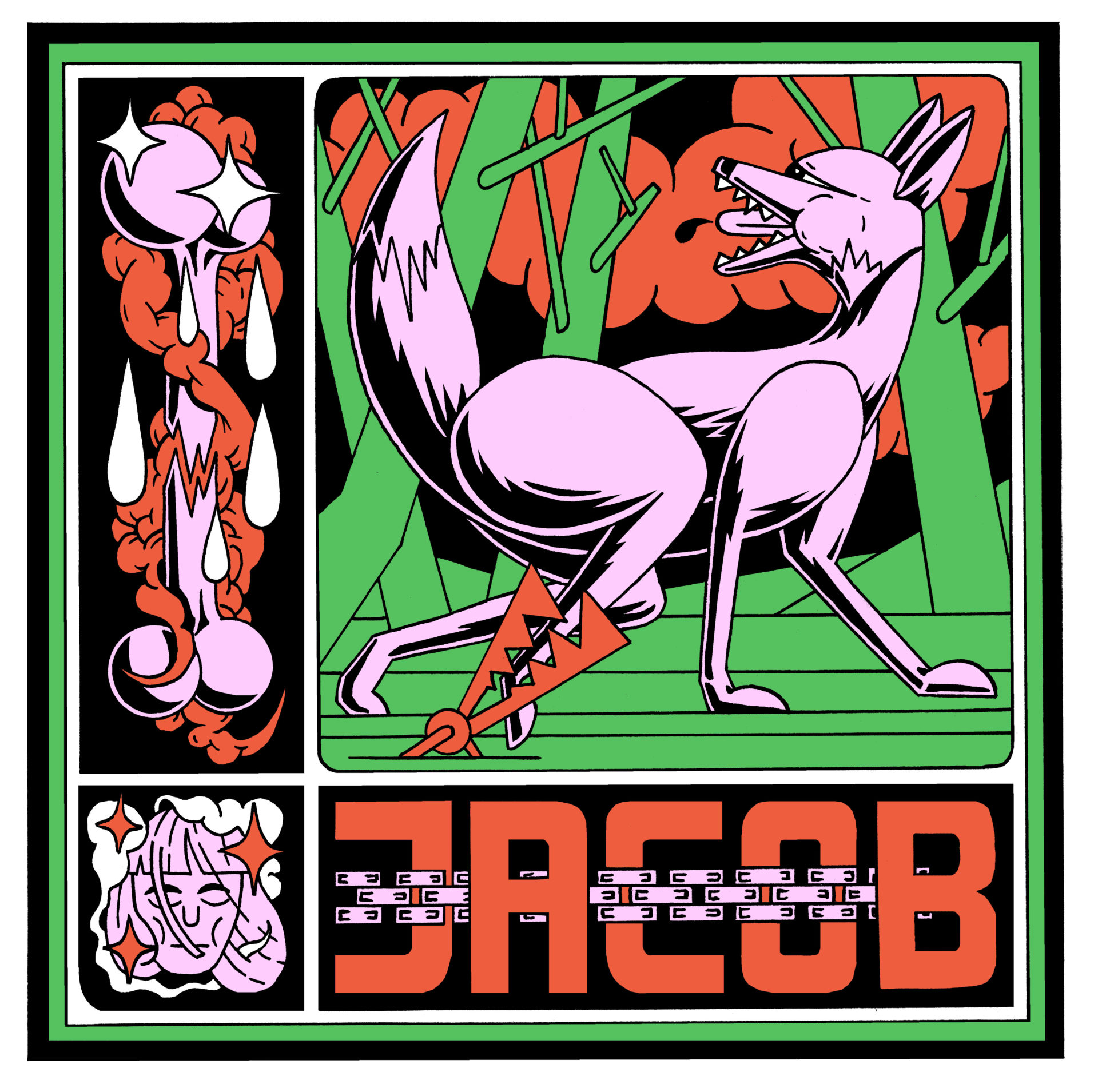
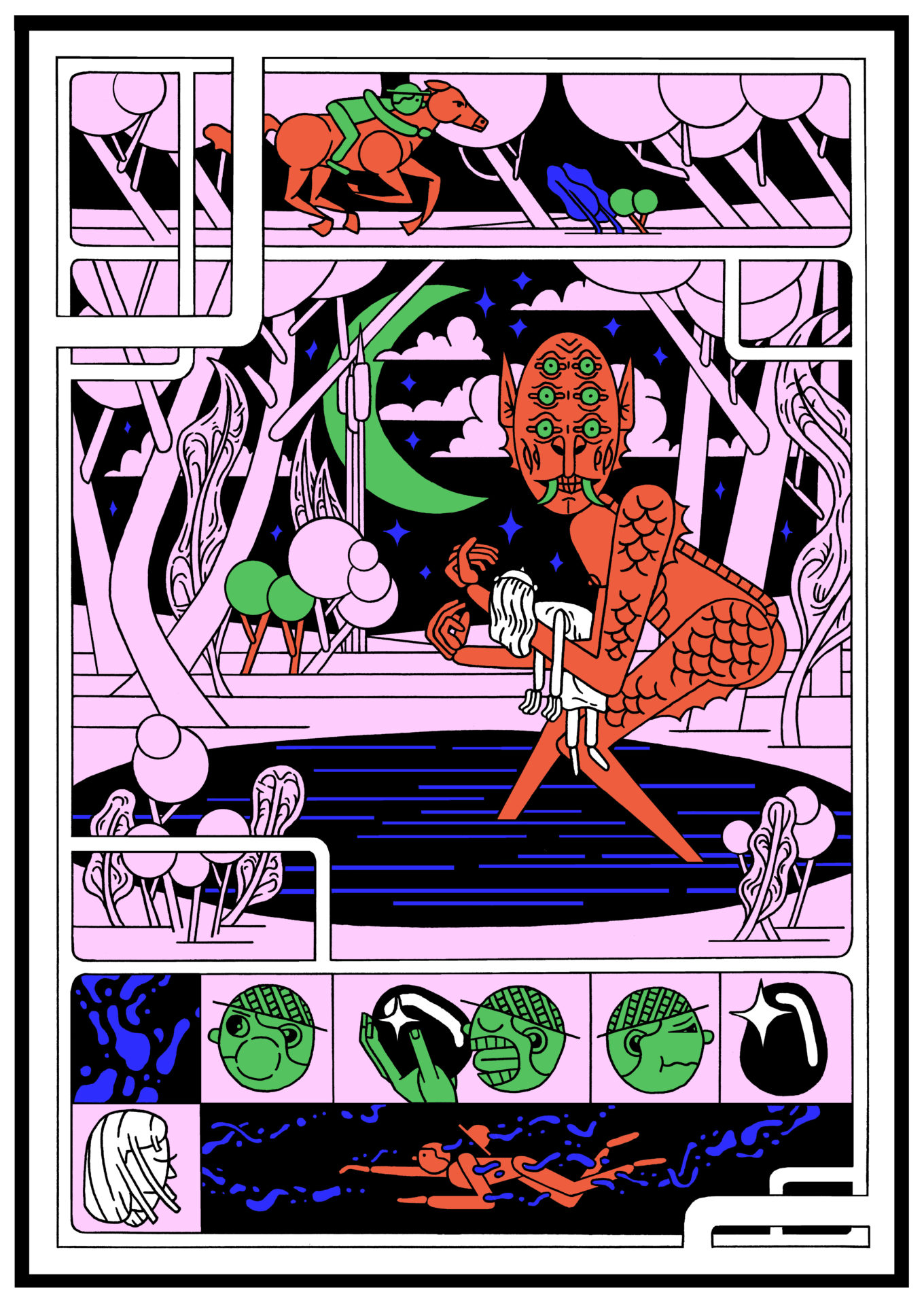
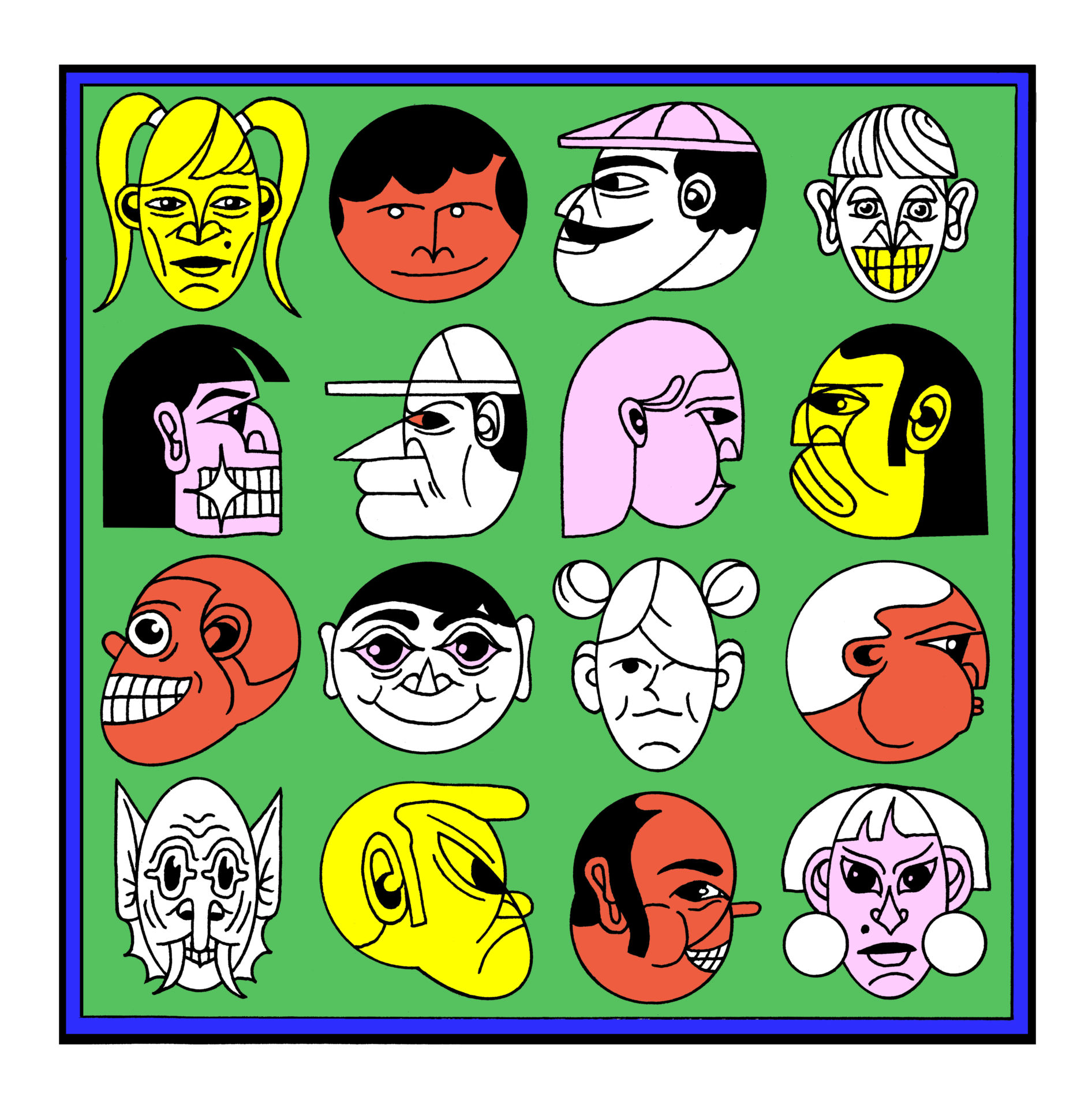
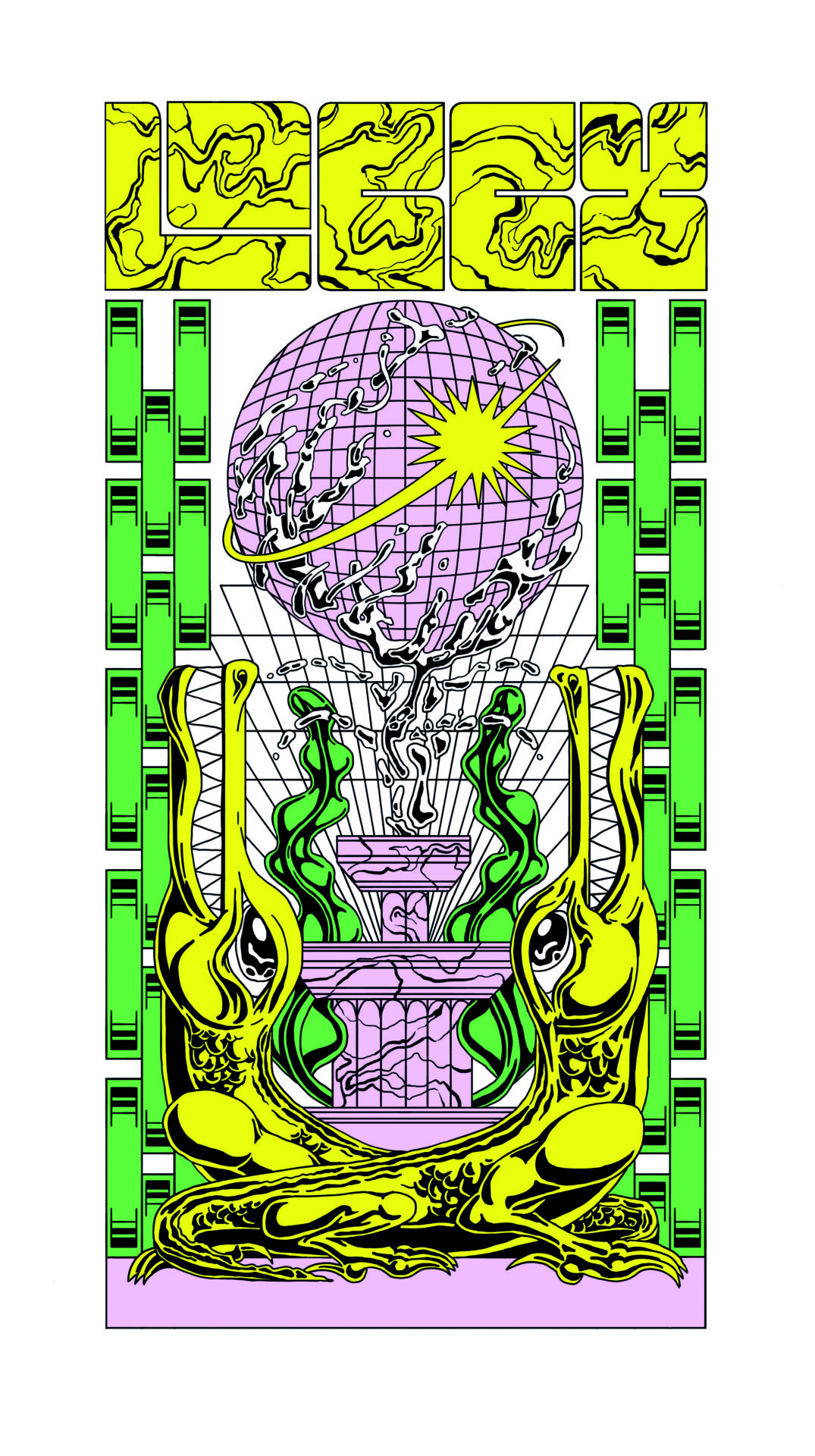
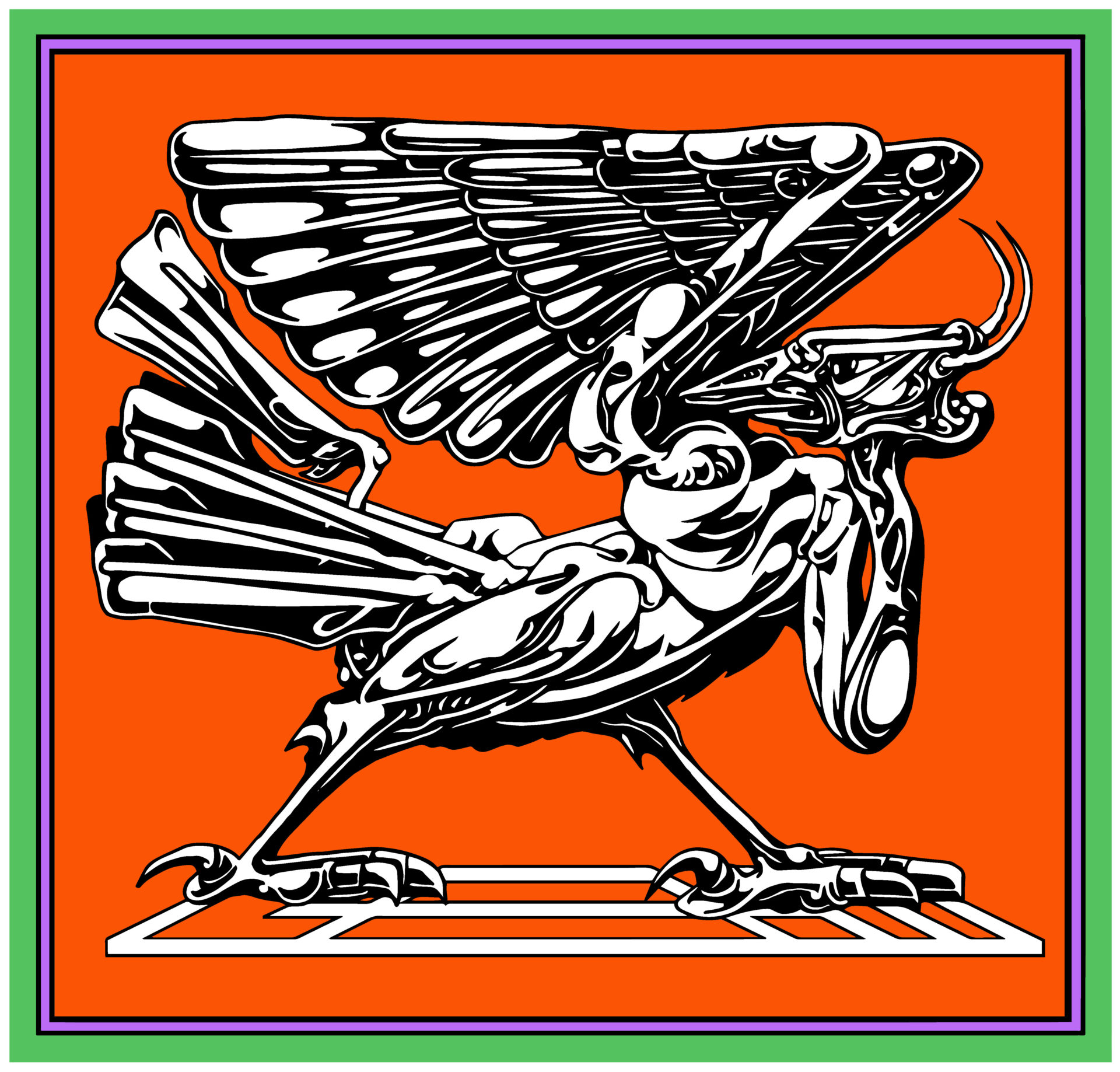
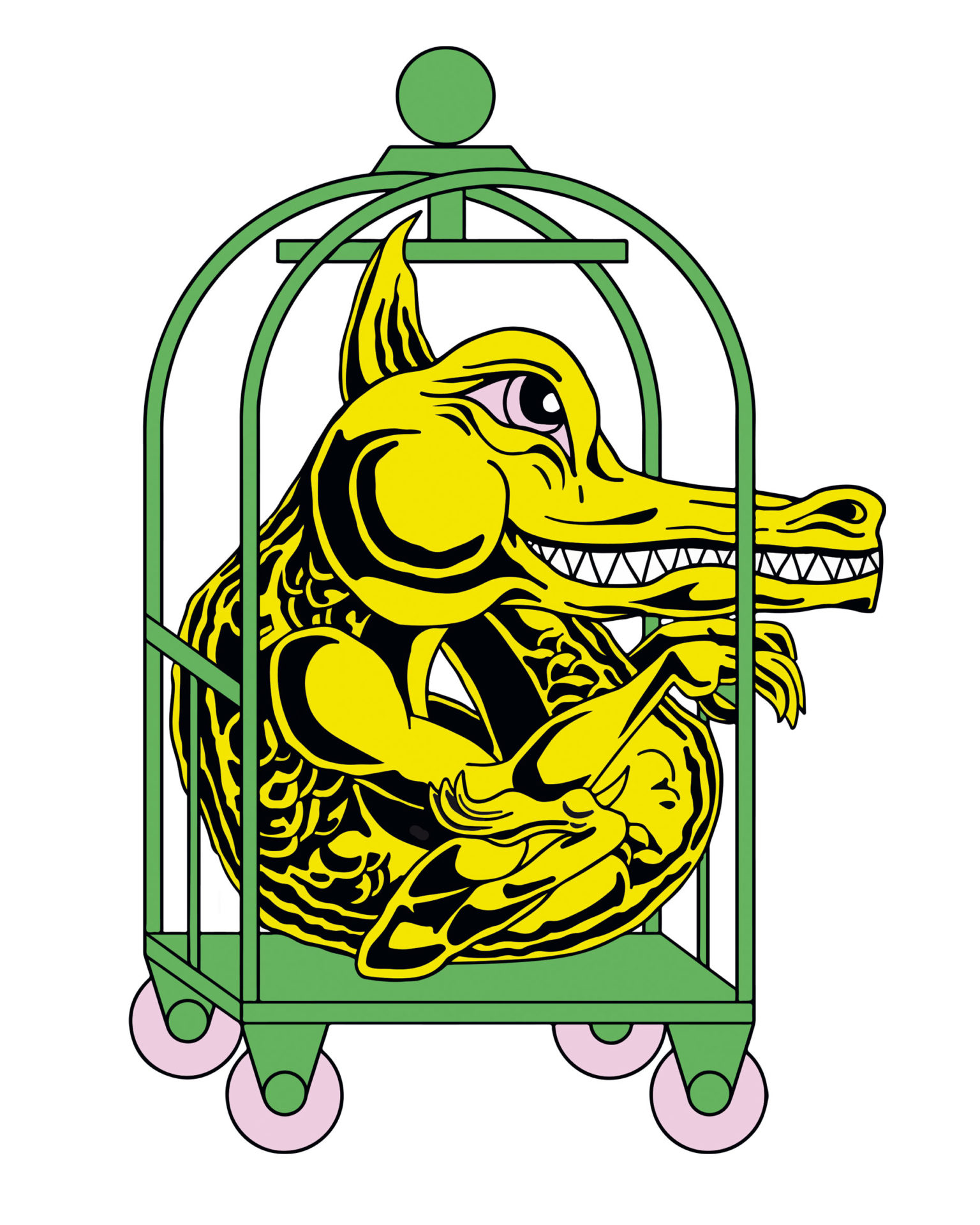

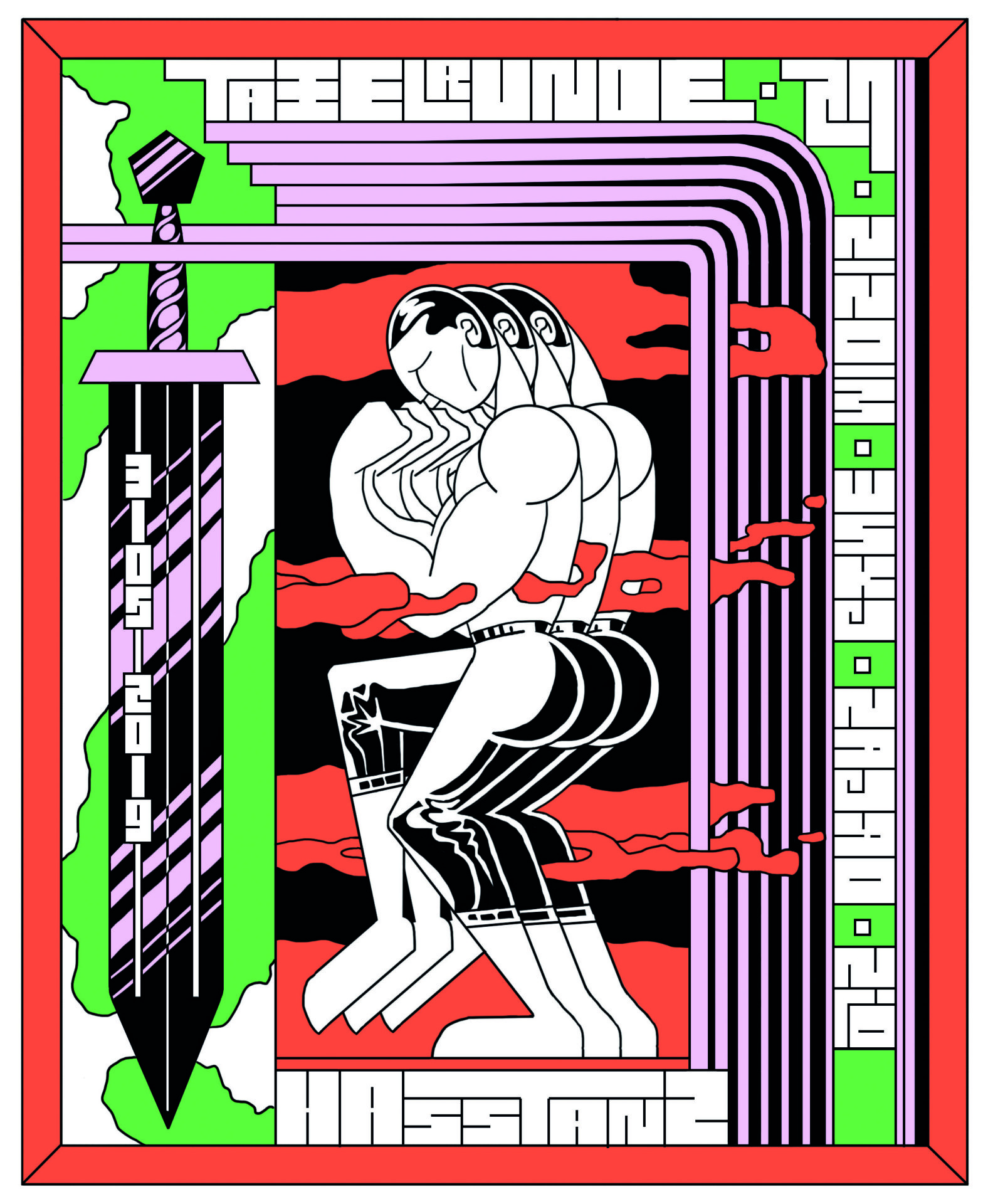
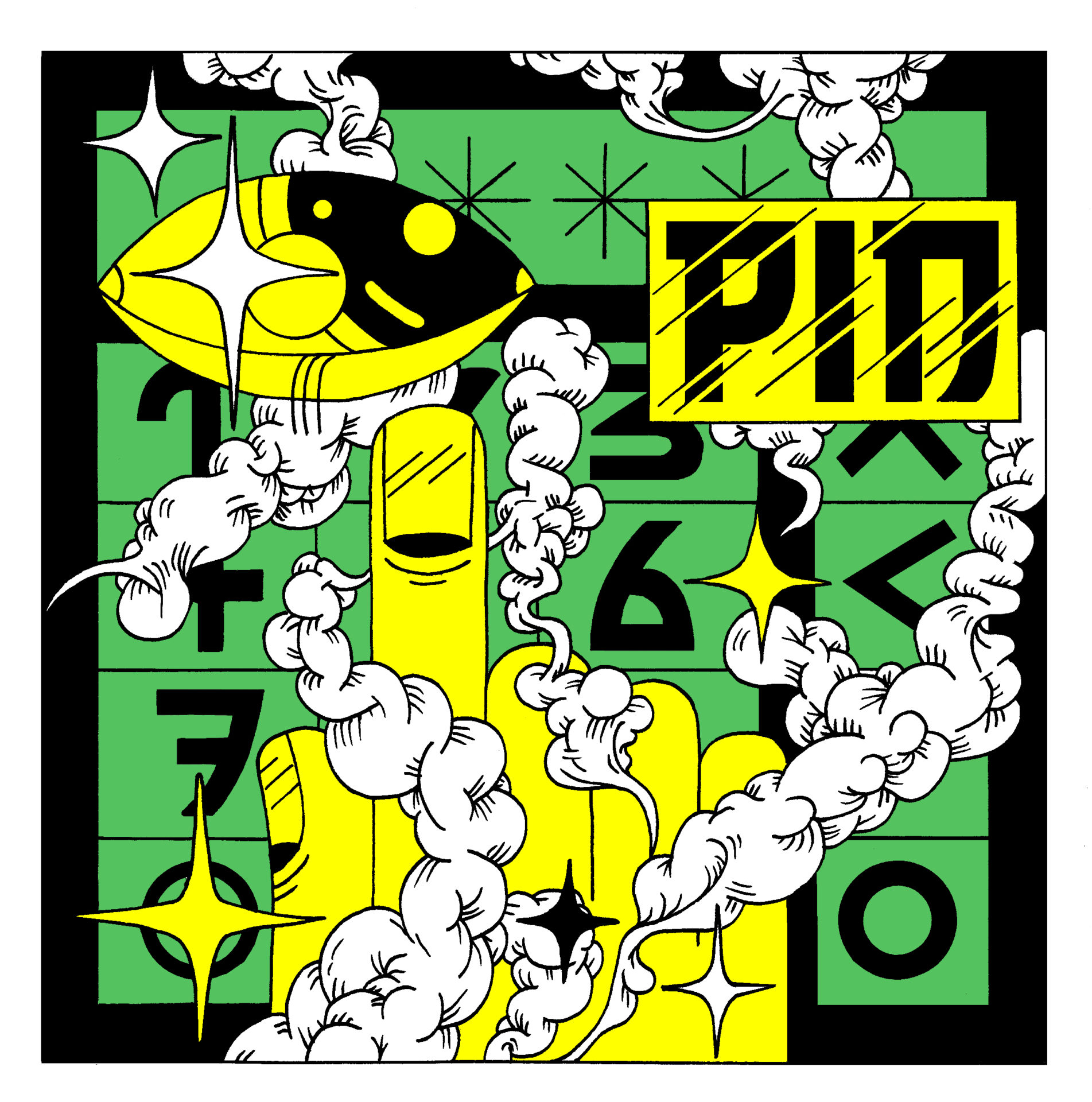
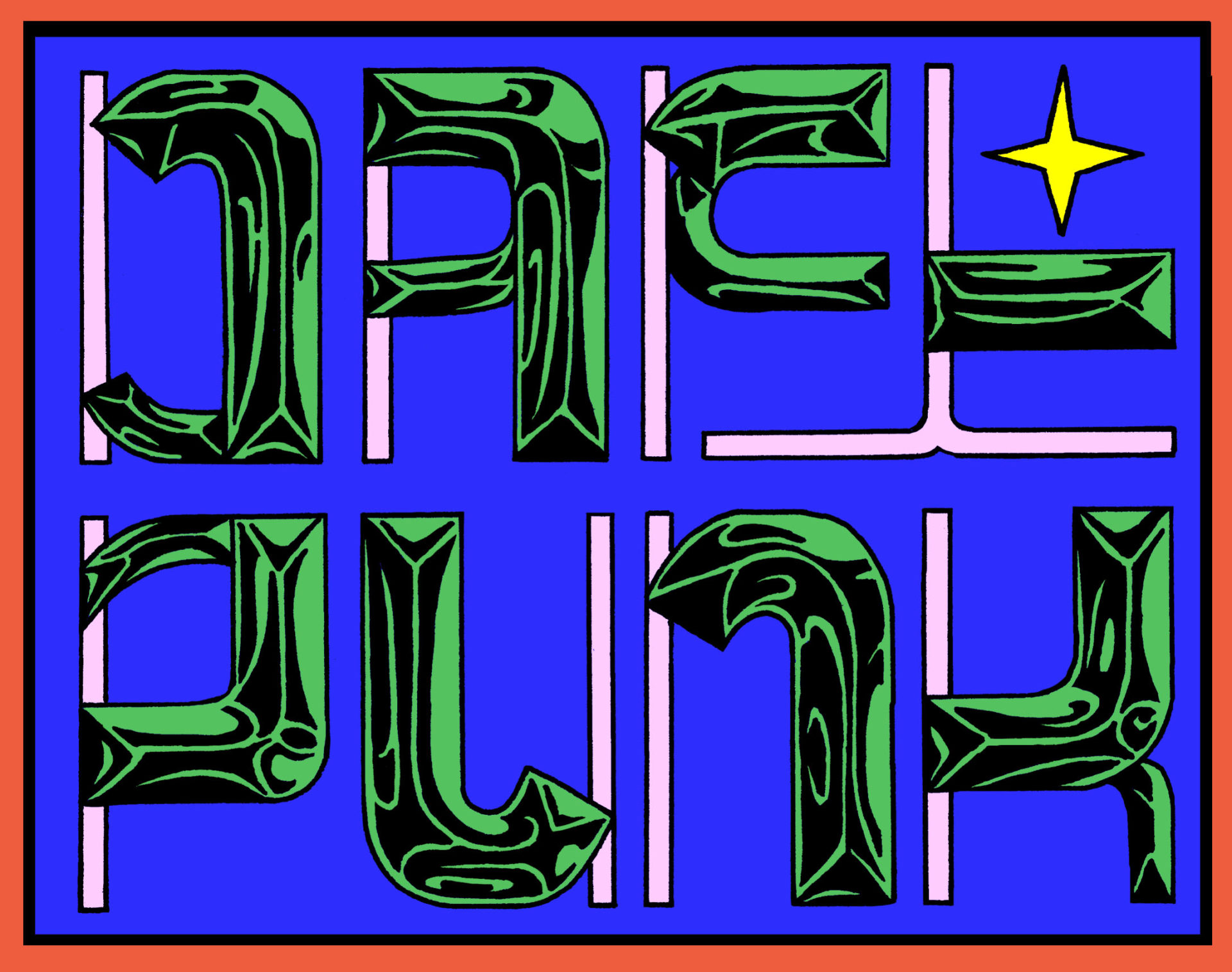
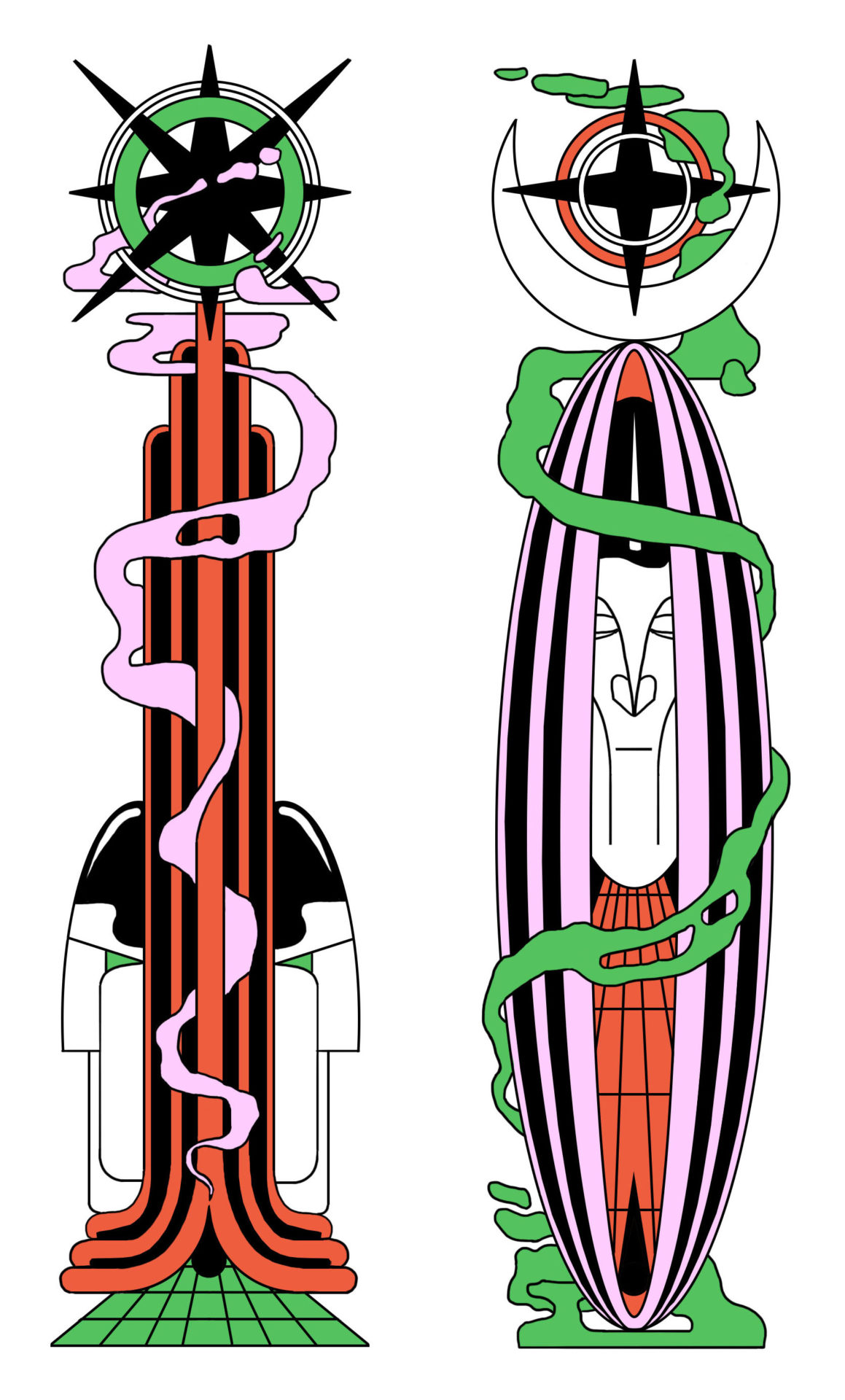
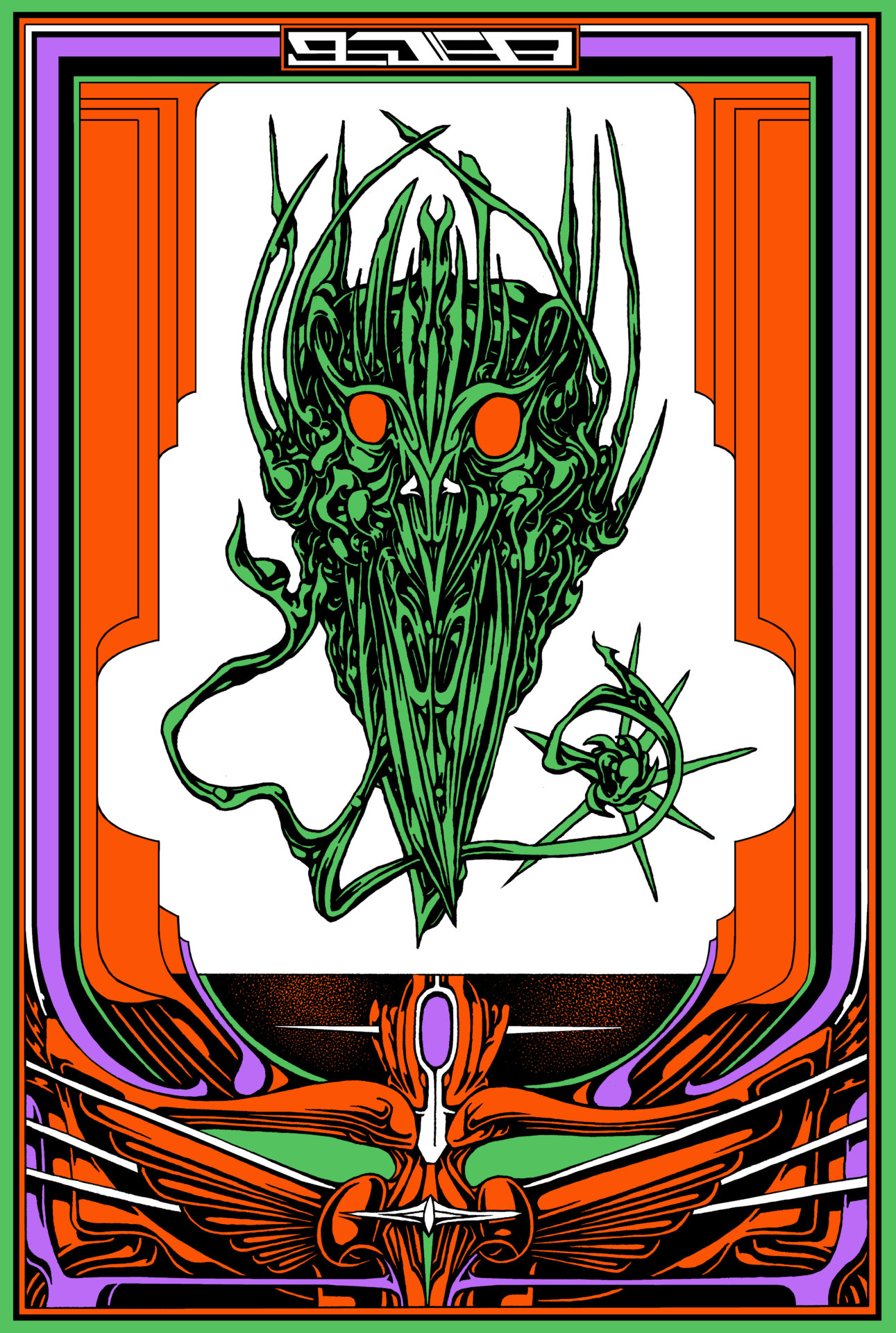
Miruel is always on the lookout for the possibility to translate this digital input into analogue techniques, which reflects in his illustration workflow. In the first step, he draws everything on paper with a fineliner, then scans it and works over it in Adobe Photoshop and Illustrator. The next step is modeling the illustrations in Zbrush in 3D and animating them as the last step. In this article, we present you mainly with MIRUEL’s personal artworks besides the two illustrations with crocodiles, which were commissioned by a local skateboard shop, LOBBY Hamburg.
Artwork & Text / Miro Tiebe aka MIRUEL
